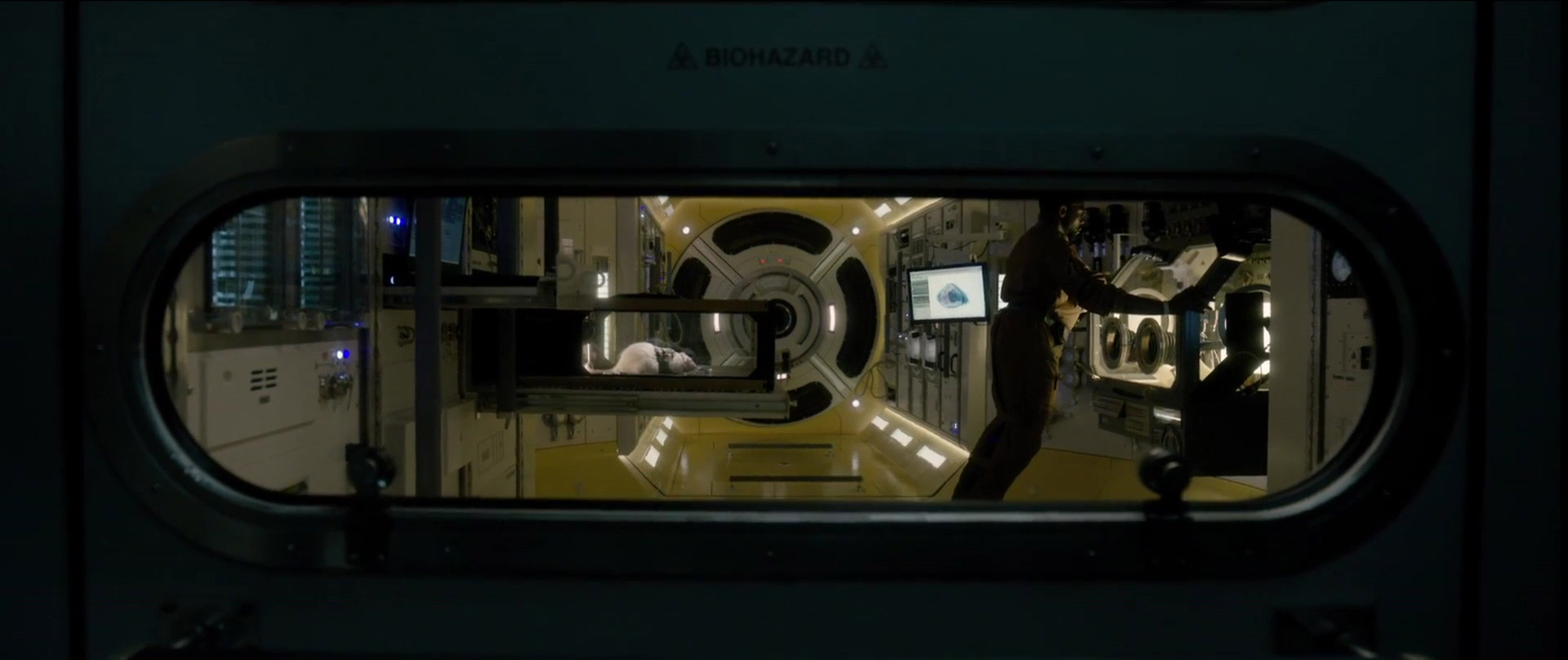The latest science fiction thriller to hit theatres sucks the life out of a great concept
Space is beautiful, mysterious and, sometimes, deadly. In Life, directed by Daniel Espinosa and starring Jake Gyllenhaal, Rebecca Ferguson and Ryan Reynolds, what was supposed to be the greatest discovery ever soon turns into a deadly fight for survival.
Life takes place in the International Space Station (ISS). When a probe from Mars brings back a soil sample from the Red Planet, the crew discovers a hitchhiker: a single cell contained in the soil. It is the first evidence of extraterrestrial life.
After the ground-breaking discovery, the scientists start conducting experiments on the organism, reviving it from its dormant state. They are fascinated by what this new life form could mean for the advancement of science and, of course, their careers.
Due to their eagerness to discover more about the physiology of this extraterrestrial being, they ignore scientific protocol. This lack of prudence puts the lives of the scientists in terrible danger, as their specimen, nicknamed Calvin, starts growing larger and larger. A series of gruesome and stomach-turning gore scenes follow, as the extraterrestrial entity proves to be a ruthless killing machine, hunting its prey one by one. The crew must try to survive in the limited space of the ISS while outrunning the alien that is trying to outsmart them at every turn. The surviving crew must not only try to escape, but also prevent Calvin from following them to Earth—where the potential for destruction is unfathomable.
If this sounds familiar, it’s because it is. Aside from some superficial differences, Life’s plot exactly matches that of of Ridley Scott’s magnum opus, Alien—a film that revolutionized the science fiction thriller genre. Anyone who has seen Alien can predict how Life will unfold.
Jump scares and killings can be seen coming from a mile away—especially due to the suspenseful music which plays before every gory scene. Moreover, some scenes are too disgusting, lasting several minutes and making for a very uncomfortable watch.
The film has difficulty keeping a realistic tone. Calvin is too smart, too fast, making the story too unrealistic. It took a matter of hours for the single-celled organism to develop and grow into a dangerous, blood-thirsty predator. But more than that, it mapped out the entire ISS layout straight away. Despite its shortcomings in the storyline, the ending is spectacular and redeems the film.
